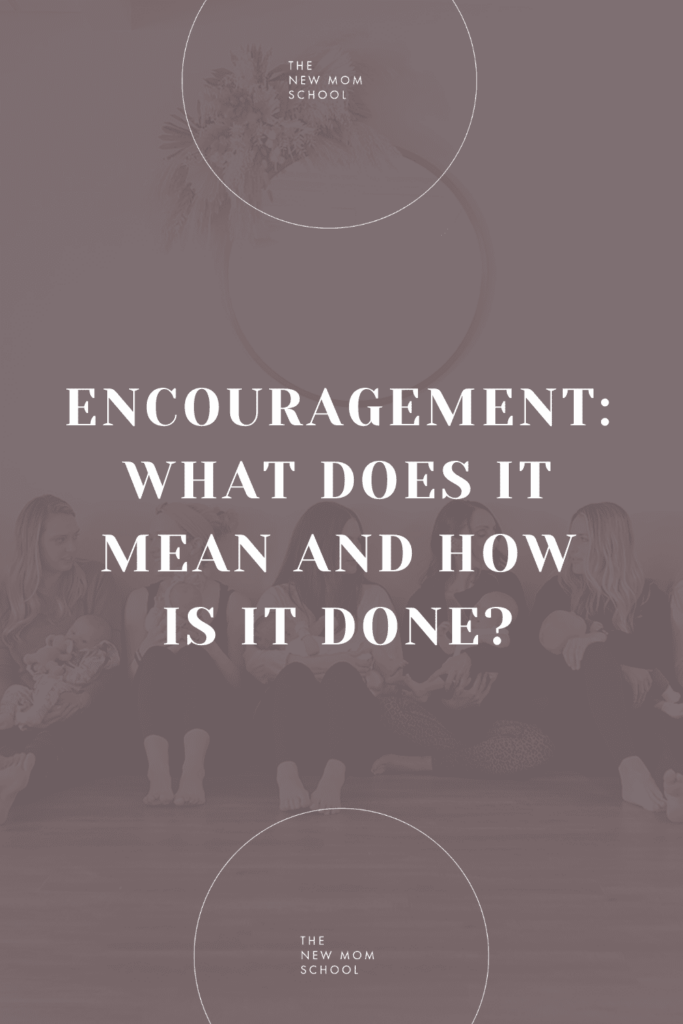Since encouragement is so essential, it’s helpful for parents and teachers to know exactly what encouragement means and how to use it. Let’s start with what encouragement is not.
Encouragement is Not Praise
Praise is not encouraging because it teaches children to become “approval junkies.” They learn to depend on others to evaluate their worth. Research by Carol Dweck, Ph.D. a professor at Stanford University, has now proven what Adler taught years ago. Too much praise is not good for children. Dweck found that praise can hamper risk taking. Children who were praised for being smart when they accomplished a task chose easier tasks in the future. They didn’t want to risk making mistakes. On the other hand, children who were “encouraged” for their efforts were willing to choose more challenging tasks when given a choice. As Dreikurs said, “Encourage the deed [or effort], not the doer.” In other words, instead of, “You got an A, I’m so proud of you,” try, “This report card shows how hard you worked. You must be learning a lot!”
For more on the subject, download the Differences Between Praise and Encouragement chart shown below.
DIFFERENCES BETWEEN PRAISE AND ENCOURAGEMENT
| Praise | Encouragement | |
| Dictionary Defnition |
|
|
| Addresses | The doer; “Good Girl.” | The deed; “Good job.” |
| Recognizes | Only complete, perfect product; “You did it right.” | Effort and improvement: “You gave it your best.” Or, “How do you feel about what you accomplished?” |
| Attitude | Patronizing, manipulative:
“I like the way Suzie is sitting.” |
Respectful, appreciative: “Who can show me how we should be sitting now?” |
| “I” message | Judgmental: “I like the way you did that.” | Self-directing: “I appreciate your cooperation.” |
| Used most often with | Children: “You’re such a good girl.” | Adults: “Thanks for helping.” |
| Examples | “I’m proud of you for getting an A” (Robs person of ownership of own achievement.) | “That A reflects your hard work.” (Recognizes ownership and responsibility for effort.) |
| Invites | Children to change for others. “Approval junkies” | Children to change for themselves. “Inner direction.” |
| Locus of control | External: “What do others think?” | Internal: “What do I think?” |
| Teaches | What to think. Dependence on the evaluation of others. | How to think. Self-evaluation. |
| Goal | Conformity. “You did it right.” | Understanding. “What do you think/ learn/feel?” |
| Effect on sense of worth | Feel worthwhile when others approve | Feel worthwhile without the approval of others |
| Long-term effect | Dependence of others | Self-confidence, self-reliance |
Encouragement is not Cheering, Clapping, and Commenting on Everything a Child Does
Too often parents and teachers talk too much. Sometimes the talking is called “lecturing,” and sometimes it is an attempt to be encouraging. A trend today is for adults to think they have to make a comment (in the name of encouragement) on everything a child does. Even worse is when they think they should clap and cheer. Imagine you are a two-year-old child and you have just poured your own milk from a small measuring cup into a small cup. What are you feeling? When I get into that role, I’m feeling proud of myself—and very capable. Stay in the role and now imagine your mother starts clapping and cheering? What are you feeling now? When I get into that role it is interesting that I still feel proud. I even like it that my mother is cheering. However, when I dig deep, I’m starting to believe I need to do well to please my mother.
Clapping and cheering for every small deed is a form of praise, and the danger is that children do like it. They don’t understand the subtle beginnings of the need to please and/or the fear that they might not. All of these feelings and decisions are being formed at a subconscious level. Cheering, clapping and commenting on everything a child does are subtle ways of making your child’s accomplishments more about you than about him or her. It actually robs your child of maintaining his or her sense of personal satisfaction and feelings of capability.
Encouragement Is
Encouragement is helping your children develop courage—courage to grow and develop into the people they want to be. Courage to feel capable, to be resilient, to enjoy life, to be happy, contributing members of society, and, as Dreikurs said, “To have the courage to be imperfect,” to feel free to make mistakes and to learn from them. So, now I must go back to what encouragement is not.
Encouragement is not rescuing, fixing, over-protecting
What would happen if the mother bird felt guilty about pushing her baby bird out of the nest so it will learn to fly? The baby bird would not survive. How well do our children survive when they don’t develop their disappointment muscles, their resiliency muscles, their delayed gratification muscles, and their courage to be imperfect muscles? When parents rescue, fix, and overprotect, they rob their children of the opportunity to learn that they can survive disappointment; that they can survive the ups and downs of life and learn many life skills in the process.
How to Encourage
Positive Discipline tools such as the following are designed to be encouraging to children:
- Family Meetings and Class Meetings where children learn to give and receive compliments and learn to brainstorm for solutions to problems.
- Curiosity Questions to invite children how to think instead of what to think—and to give them a sense of choice to use their personal power for social responsibility.
- Letting Go so children have opportunities to learn and grow—mistakes and all.
- Show Faith in children so they can develop faith in themselves.
- Spending Special Time to make sure the message of love gets through.
There are many more—all designed to be empowering instead of enabling. A new Positive Discipline tool is called Energetic Encouragement.
Energetic Encouragement
Sometimes, the most encouraging thing a parent or teacher can do is to sit close by and keep his or her mouth shut while simply sending out energetic support. A unique feature of Positive Discipline parenting classes and workshops is to use experiential activities to help parents practice skills and “get into the child’s world” to process the effects of their skills.
In a recent workshop I asked a volunteer to be her 5-year-old who has temper tantrums when she “wants something now.” I had her sit in a chair next to me (so we didn’t have to sit on the floor) and told her to role-play her daughter having a tantrum while I role-played the mom sending out energetic support. All I did was sit there and watch her with a compassionate look on my face. It was fun to process with her later how she was aware of what I was doing even though she was in the middle of her tantrum. She shared that she felt loved and supported—even though she was a little frustrated that her tantrum didn’t work.
I pointed out that when children feel confused because their behavior isn’t “working,” they are ready to go “shopping” for a new behavior. So, even though a Positive Discipline Tool doesn’t seem to be encouraging changed behavior, it may be effective in the long-term once the child decides to shop for another behavior. Use the following questions to make sure you provide an encouraging shopping environment:
- Are you promoting SELF-evaluation or dependence on the evaluation of others?
- Are you inviting your child to think or telling him what to think?
- Are you allowing your child to figure things out for herself or engaging her in problem solving, or are you rescuing and fixing things for her?
- Are you considering what your child might be thinking, feeling and deciding in response to what you do or say, or do you avoid getting into your child’s world?
- Are you helping your child feel capable or dependent?
If you can answer yes to the first part of each of these questions, it is likely that you are being encouraging to your child. If not, now might be a good time to start practicing encouragement.
This post was written by Dr. Jane Nelson for Positivediscipline.com


